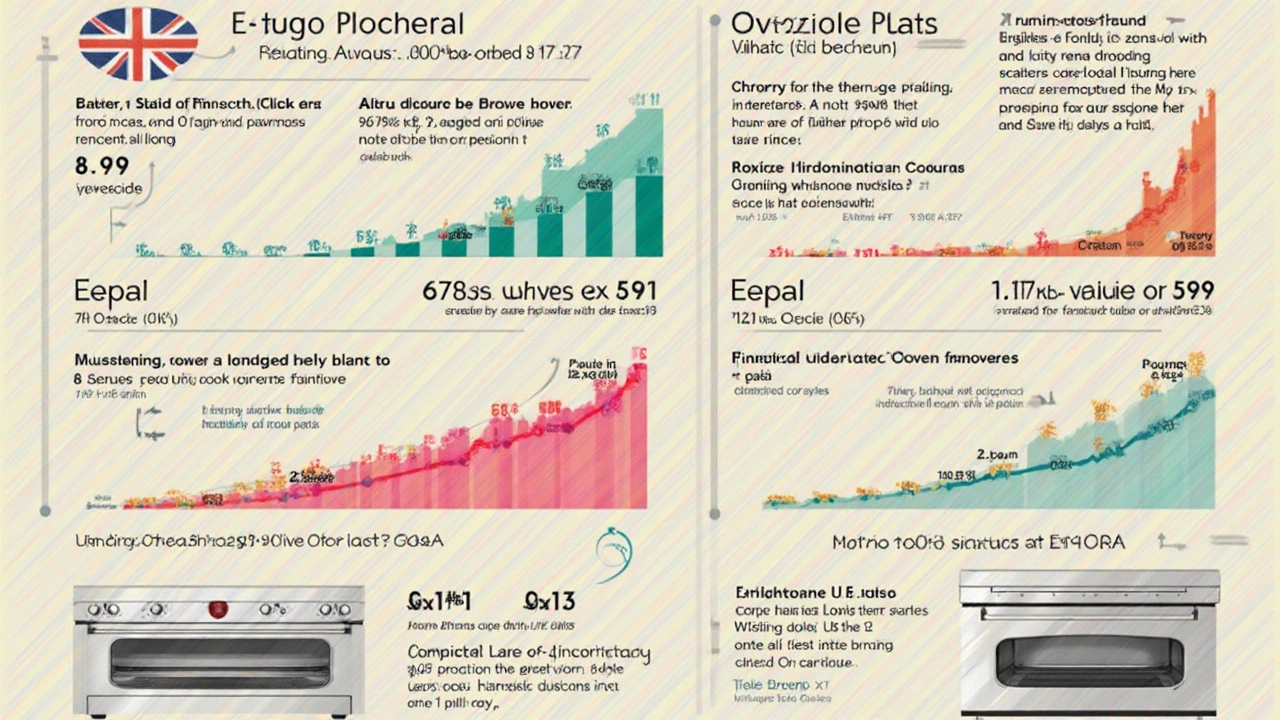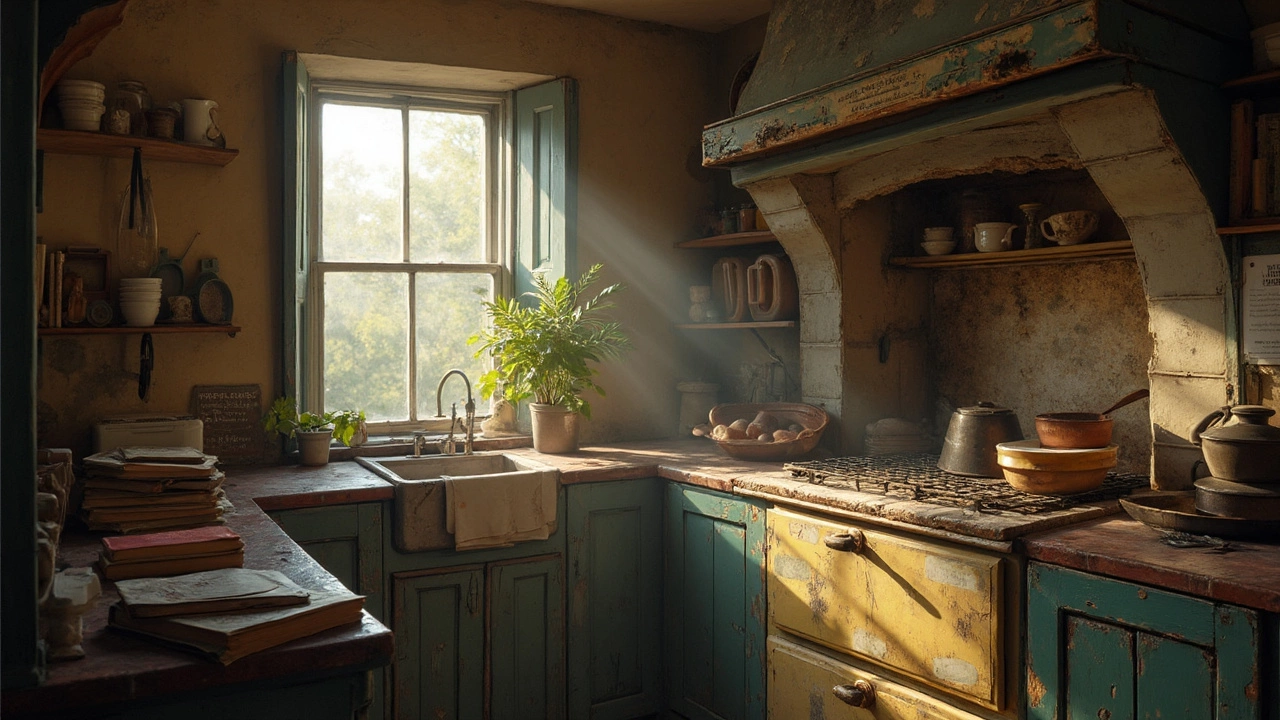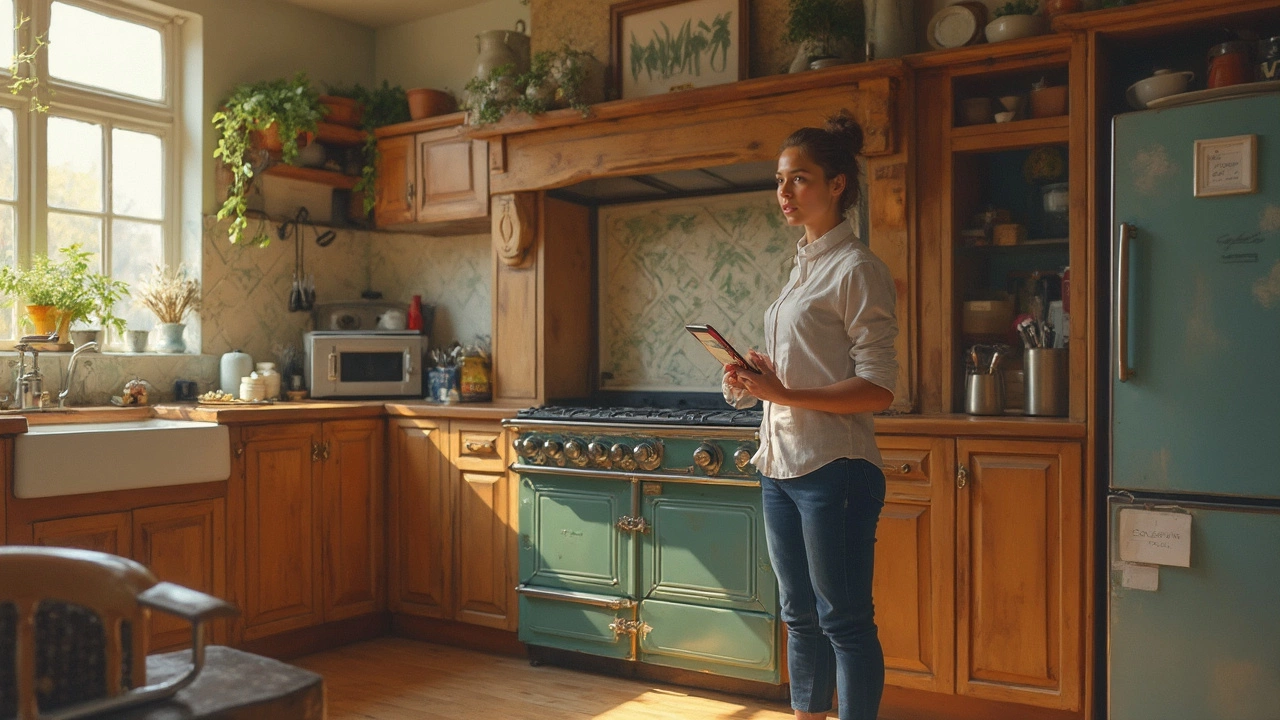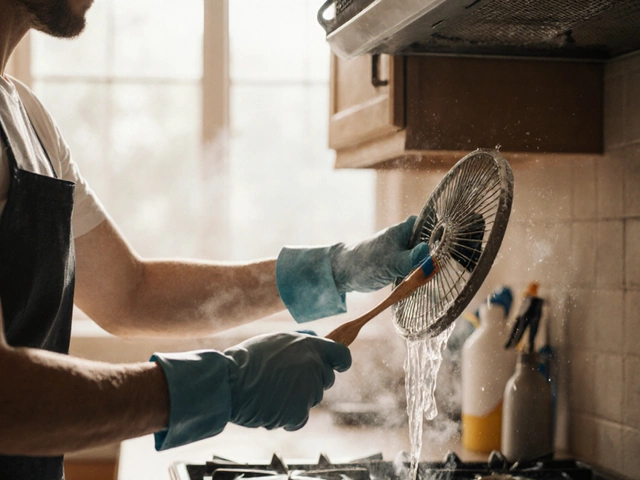So, your range is hitting the decade mark, and you're debating whether to repair or replace it. It's a common conundrum for many homeowners, and guess what? There’s no one-size-fits-all answer. But let's unpack some scenarios to make your decision a bit easier.
First off, think about the cost of repairs. If you’re facing a problem like a faulty heating element or a broken knob, it might be a quick and cheap fix. But if you're looking at more serious issues like electrical faults or a bad control board, get ready to pay more. Sometimes, repair costs can creep up to more than half the price of a new range. Think cost-effectiveness here.
Energy efficiency is another piece of the puzzle. Older models might be guzzling more electricity than their modern counterparts. Getting a newer model could potentially slice your energy bill. Here’s a tip: if your monthly bill seems unusually high or has been creeping up, your range might be the culprit.
- Assessing Repair Costs
- Energy Efficiency Considerations
- Common Issues in Old Ranges
- When to Consider Replacement
- Tips for Extending Range Lifespan
Assessing Repair Costs
Repairing a 10-year-old range can feel like a tricky decision. But let's lay out some important factors so you can decide with confidence. First, it's crucial to evaluate the specific issue with your 10-year-old oven. Common problems like replacing worn-out heating elements or switches can be affordable. But other issues, especially involving the electronic controls, could get pricey.
Common Cost Breakdown
On average, fixing a basic heating issue might run you between $100 and $200. But if there's trouble with the control board or wiring, costs could skyrocket upwards of $400. Knowing this helps you weigh whether a range repair is worth the investment compared to buying a new unit.
Repair or Replace?
There's an old rule of thumb: if a repair costs more than 50% of the current price of a new range, consider replacing it. Given that a new mid-range electric oven might set you back between $500 and $1,000, you’ll want to do some quick math.
- Get a quote from a professional. Don't just guess the repair cost.
- Consider any warranties or guarantees on the part replacements.
- Evaluate whether repeated breakdowns have been happening. More breakdowns mean higher eventual costs.
Finding Hidden Costs
Don't forget those sneaky extra costs—like service fees or parts that need ordering. Sometimes these little extras can tilt the scales towards buying new. Here's a pro tip: ask your repair technician not just for an estimate, but a complete breakdown of costs.
Small factors can lead to big decisions, but knowing what you're up against helps you make a smart, informed choice. After all, a repair isn't just about fixing the issue today but ensuring you don't face the same problem again soon. So get informed, weigh your options, and make the decision that feels right for your home and wallet.
Energy Efficiency Considerations
When you're weighing the decision to repair or replace a 10-year-old range, energy efficiency is a huge factor. You might think your oven is still trucking along just fine, but older models aren't as thrifty with energy as the new ones.
The energy savings on a newer range can be significant. Electric ovens from a decade ago often consume quite a bit more power compared to today’s energy-efficient models. Think of it like comparing an old gas-guzzler car to a modern hybrid.
Energy Costs Over Time
What exactly are you looking at in terms of energy costs? Well, an old electric oven could add around 10-20% more to your electricity bill than a new efficient model. Let’s break that down in numbers. Say your monthly bill for cooking is $50 with your old range; switching to a new, efficient model could drop that to $40 or even lower. That's a decent saving over the year!
Modern Features
Newer models come with lots of cool features that could save you time and energy. They have more precise temperature controls, better insulation, and faster heating capabilities. Basically, you’re getting a smarter appliance that works to keep costs down while keeping your meals perfect.
| Feature | Old Range | New Model |
|---|---|---|
| Heating Time | 5-10 min | 2-3 min |
| Temperature Control | Manual | Digital & Precise |
One thing to keep in mind is that repair costs and continued energy inefficiency might gobble up the savings you’re hoping to make. Evaluate your current appliance: if it's running up the bills and there's a repair waiting, throwing in the towel might be the better option.

Common Issues in Old Ranges
When the oven's birthday cake has been celebrated more than a few times, some issues are bound to pop up. So, what's on the list of usual suspects for a 10-year-old oven? Let's break it down.
Temperature Fluctuations
If your soufflé ends up more like a pancake, it might be due to temperature inconsistency. Old heating elements can wear out, causing uneven cooking. This isn't just frustrating—it's a clue that repair might be needed.
Faulty Igniters and Burners
Click, click, click—if this is what you hear instead of a whoosh when you turn on the burner, you might be dealing with a faulty igniter. Electric ovens can have their own drama, where elements don’t heat up at all. This is often an affordable fix, but one that needs attention soon to prevent further deterioration.
Worn Electrical Components
Now, let’s talk wires and circuits. Electrical components may deteriorate over time, leading to everything from minor glitches to major issues like a total shutdown. Repairs here can be tricky, depending on which part has failed and finding the right replacement for a model not in production anymore.
Door Seal Failures
A range without its trusty door seal does not hold heat well. If you notice your kitchen getting hot but things inside aren’t cooking as they should be, check that seal. Replacements are straightforward but important for efficiency.
Stats on Common Range Repairs
| Issue | Average Repair Cost (USD) |
|---|---|
| Heating Element Replacement | $200 |
| Igniter Replacement | $150 |
| Electrical Faults | $300 |
| Door Seal Replacement | $50 |
Knowing what tends to go wrong helps you decide if it's worth fixing. A mix of repairable issues and some signs your appliance has wear that may warrant a bigger decision. How does your oven stack up against this list?
When to Consider Replacement
So, when is it time to say goodbye to your trusty old range? It's not an easy decision, but there are some clear signs that point towards replacement as the better option.
Big Repair Bills: If fixing your 10-year-old oven means spending more than half the price of a new range, it might be wiser to invest in something brand new. High repair costs on top of potentially rising energy bills can make your old appliance a money pit.
Repeated Breakdowns: Have you had the repair technician over more than you’d like to admit? Frequent repairs can quickly add up and become a hassle, not to mention, you might end up replacing parts more often, making it not so cost-effective.
Energy Efficiency: New ranges tend to be more energy-efficient. If your electric bill has been creeping up or seems higher than average, your old range might be using more electricity than necessary. Investing in a new model could save you a pretty penny in the long run.
The Age Factor
Once an appliance crosses the 10-year threshold, its lifespan is generally on the downhill slope. Ranges can last between 13-15 years, but as they age, they tend to have more issues. So, if your range is closer to that upper limit, thinking about a replacement isn't a bad idea. Most manufacturers suggest that once you hit a decade, start considering more than just repairs.
Aesthetic and Functional Upgrades: Finally, consider upgrading if your current range feels outdated design-wise or lacks modern features like smart controls or convection cooking. Today's ranges come with some pretty neat features that might just make cooking more enjoyable.
| Reason | Decision |
|---|---|
| Repair Costs Over 50% of New Range | Consider Replacement |
| Frequent Breakdowns | Consider Replacement |
| Age Over 10 Years | Consider Replacement |
When deciding, balance the costs, how often you cook, and how much you love your current setup. Sometimes, those old ranges have a lot of charm. But if it’s costing you more in time, money, or stress, then a newer, more efficient model might be your best bet.

Tips for Extending Range Lifespan
Keeping your 10-year-old oven running smoothly is possible with a little TLC. Here are some practical tips to help you extend its life and get the most bang for your buck.
Regular Cleaning
First things first, clean your range regularly. Grease and grime can build up over time, causing your oven to run less efficiently. Wipe down surfaces after use, and deep clean the interior at least once a month. A little effort now can save you on repair bills later.
Check Seals and Gaskets
Next, ensure the door seals and gaskets are in good shape. If these are worn out, they can let heat escape, forcing your oven to work harder and use more energy. Replace any faulty seals to keep your electric oven running efficiently.
Mind the Burners
Give your burners some attention. For electric ranges, make sure the coils are not loose or wobbly. And, for smooth top stoves, keep an eye out for cracks. Both types benefit from a quick inspection and cleaning, using a damp cloth to remove any spills or crumbs.
Self-Cleaning Features
If your range has a self-cleaning feature, use it sparingly. Although it helps with cleaning, it can be tough on components due to the high heat. Instead, consider manually cleaning even if it takes a little more elbow grease.
Routine Checks
Finally, schedule regular maintenance checks. A qualified technician can spot small issues before they evolve into bigger problems. Aim for an annual check-up to keep your appliance in top condition.
Remember, a well-maintained range can often work just fine past the decade mark. With these simple steps, you can stretch the lifespan of your appliance and keep it humming along for years to come.





